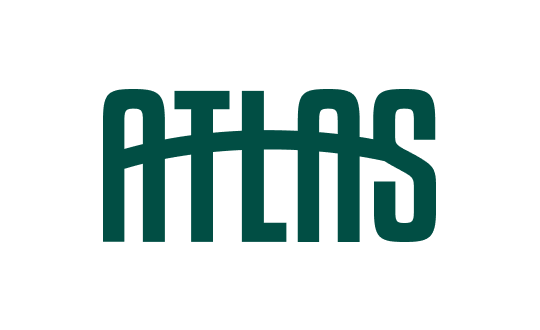AI Assistance Levels
The ATLAS Framework defines 8 levels of AI integration in software development, ranging from fully manual coding to complete application generation from natural language prompts.
PURE CODE FORGE
Raw code crafted by human expertise alone
Writes and maintains all code manually.
INSIGHT ENGINE
Development powered by AI-enhanced guidance
Writes all code; reviews AI suggestions for documentation and quality.
Generates documentation, suggests improvements, helps with knowledge sharing.
SPECIFIC BOOST
Strategic amplification of specific development tasks
Controls implementation decisions, uses AI for routine or repetitive code.
Generates specific code snippets, unit tests, boilerplate code.
CODE ACCELERATOR
Development with intelligent completion and suggestions
Works alongside AI, reviews and modifies AI suggestions.
Provides intelligent code completion, basic function implementation.
BLUEPRINT AMPLIFIER
Advanced design patterns and code generation
Guides development direction, provides high-level oversight.
Generates whole functions, suggests architectural patterns, provides advanced contextual awareness.
COMPONENT REACTOR
Rapid creation of entire application modules
Specifies requirements, reviews generated components, handles integration.
Generates entire components or modules based on specifications.
VISUAL SYMPHONY
Orchestrated development through visual interfaces
Defines application structure through visual interfaces, focuses on business logic.
Automatically generates code behind visual interface components.
PROMPT-TO-PRODUCT GENESIS
Complete application manifestation from prompts
Provides detailed prompts, iterates on requirements, tests final output.
Generates full-stack applications based on natural language descriptions.
Productivity vs. Control Tradeoffs
When adopting different AI levels, teams need to understand how each step affects the balance between development speed and control over implementation details. The higher the level, the more AI contributes to code creation—but also the greater the reliance on its suggestions.
↑ Increases as you move from Level 0 to 7:
- Development speed
- AI dependency
- Abstraction level
- Focus on requirements over implementation
↓ Decreases as you move from Level 0 to 7:
- Fine-grained control
- Customization options
- Implementation transparency
- Security oversight

